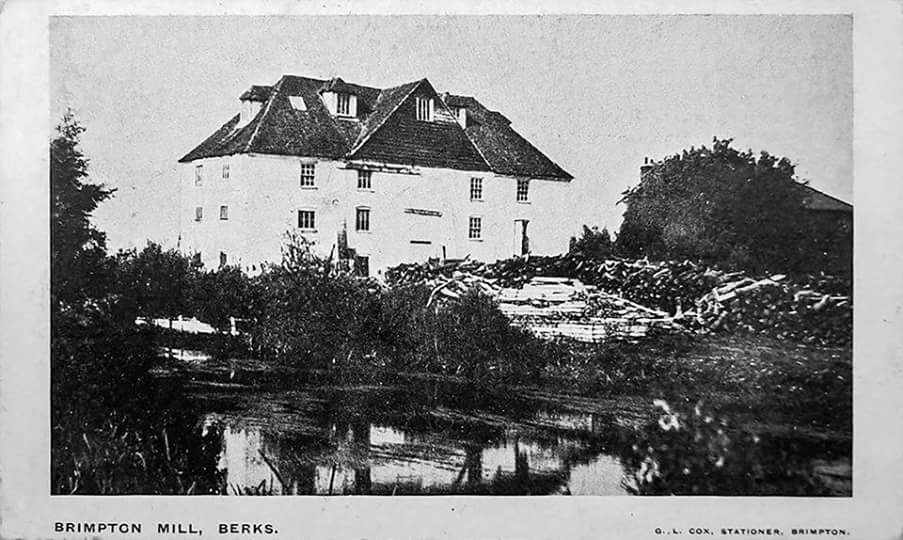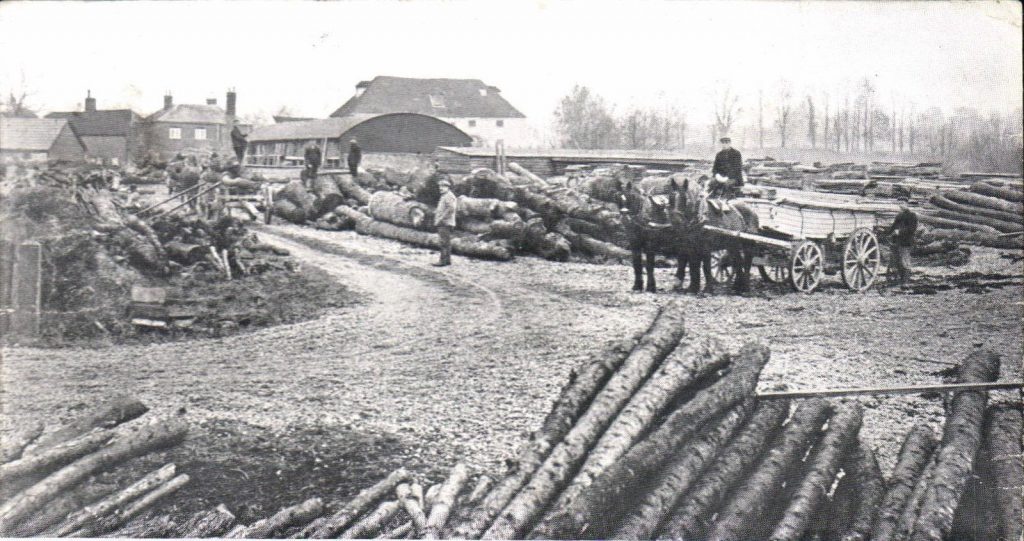
Brimpton History: Brimpton Mill
Most of what I’ve been able to find out about Brimpton Mill has been thanks to the village’s millenium celebrationg book, ‘The Brimpton Story’ – so if you want more detail on the mill, that’s probably the best place to start your research.
There has been a mill on or near the site of the current building since 1086, though very few records of this incarnation remain. What we do know is that even in these early days, the mill cast an imposing shadown – having been engineered on a vast scale. The nearby Kennet river was re-routed to allow its power to be used via a water wheel – “Prior’s Moor Ditch” is likely a leftover from the digging and draining of the floodplane from the river. The power of the Kennet actually powered two wheels – as referenced in the Brimpton Manor documents of 1527
The mill has had various uses over its lifetime – in C16 and C17 is was supposedly used by spinners, weavers and cloth makers – what was known as a ‘fulling mill’. After this it was referred to in numerous documents as a corn and grist mill, before it finally changed to a timber mill – as shown in most of the photos I’ve been able to source.
As well as the mill and surrounding land, the property also included a fishery, which is probably unsurprising given the location. The grist mill water wheel was constructed of iron, replacing a wooden one as far back as 1731 which is the date on the mill, now a Grade II listed building. The series of cogs would have hoisted sacks to the top of the mill.
These days the mill is a private residence, though I suspect some of the building’s historic elements may still remain.


